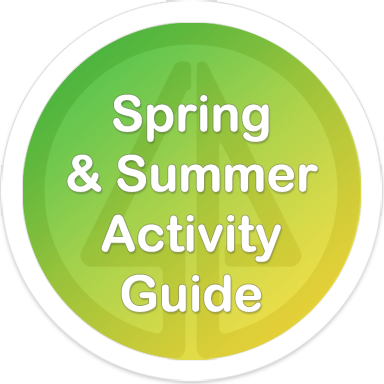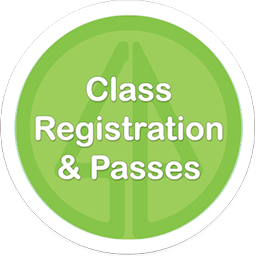What a Dog Park Is and Is Not
Please share this information with your friends.
This information comes from Carol Byrnes, SpokAnimal's dog training expert, and will appear in SpokAnimal's member newsletter. It is used here with the permission of SpokAnimal.
When you envision a dog park, what do you picture in your mind's eye? Your dogs running free of the confines of their leashes? Meeting up with their dog friends where they can race the wind and play and be dogs? A place where they can sniff for squirrels and roll in the dirt and get some much needed exercise?
What a Dog Park Is
Do you picture a place where you and your dog can play ball or frisbee without breaking leash laws and risking a fine for being off-leash in a City park? A place where you and your dog can hike trails, practice coming when called and working around distractions? A place where you can enjoy the company of other dog lovers? This is what a dog park should be - smiling dogs and owners having fun together.
What a Dog Park Is Not
Here is where dog parks sometimes go wrong. People bring dogs with social issues there to “get over their issues” and then well-socialized friendly dogs have bad experiences and become defensive around other dogs. Dog park dogs who practice the wrong things get worse instead of better. People often bring fearful dogs to the park to help them learn that other dogs are safe - and the two collide, literally.
Not All Dog Owners Can Read Dog Body Language
They don't recognize when a dangerous situation is brewing, so they can't judge when to call their dogs out. Often they think things are going poorly when things are actually going well. Not all owners have trained their dogs. They can't call their dogs out of a tricky situation, let alone when it's time to go home.
People get chatting with their friends, texting, or talking on their cell phones and don't pay attention. Dogs get in trouble like unsupervised kids. Pooping goes unnoticed and the people don't pick up after them. Dogs who visit the dog park should be friendly, dog-savvy and well socialized with people and dogs. They should enjoy the company of dogs, not just tolerate it. They should be trained. At a minimum, they should come when called - joyfully, and the first time.
Dogs who visit the dog park should not be aggressive to dogs or people or possessive of toys, food, or proximity to their owners. If your dog has been kicked out of dog daycare, he doesn't belong at the dog park either.
Dog Owners Who Visit The Dog Park Should Be Friendly And Well Socialized
They should be alert to their dogs' whereabouts and behavior at all times. Owners should be able to call their dog back if a dispute should arise or if their dog's play style is at the expense of other dogs' comfort zone. Owners also should be able to recognize when play gets carried away or becomes bullying.
Dog owners should not stand in tight bunches ignoring their dogs. They should never encourage or condone play fighting, high arousal wrestling or bullying. Owners also should not allow children to run, squeal, chase or roughhouse while the dogs are playing.
Tips for a good dog experience
- Watch from the outside before you go in. Are these dogs your dog should play with? If not, try again another day.
- Wait for the pass-through area to clear before you enter.
- Once inside, move away from the entry gate, calm your dog before unsnapping the leash and have him wait for a release to go play so he isn't straining against his collar in a high state of arousal or barking when you let him go.
- Think of the park as a place to go for a walk. Don't stand and chat; walk and visit. Keep moving.
- Stay in contact with your dog, call often and praise lavishly and then send him off to run again.
- Respect that your dog may not want to play with every dog. If his tail drops and his ears flip back and he avoids a dog, help him out. Move to a different part of the park or body block - step between him and another dog's unwanted advances.
A Final Word
The dog park is not the best place for all dogs. If your dog skirts the edges, avoids the other dogs, and can't wait to go home, he may not be a “dog park dog” no matter how much you'd like him to be. Contrary to popular belief, not all dogs need dog friends to be fulfilled. Most of all, your dog needs you. Find a quiet corner of the park where you can enjoy each other's company away from the other dog activity, or go to an on-leash park where dogs won't interrupt your dog's enjoyment of his walk with you.


